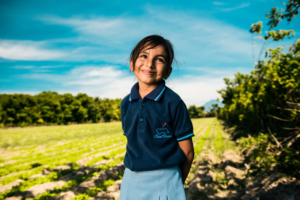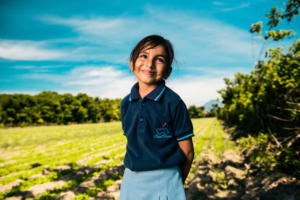Challenging Poverty Issues in Mexico


Mexico is in the southern area of North America. It is a beautiful country famous for its cuisine and tourism. However, the country is continuing to address several challenging poverty issues in Mexico.
Obesity Problem
Of all the challenging poverty issues in Mexico, obesity and the related health risks are the most common. The January 2020 OECD (Organization for Economic Co-operation and Development) report states that 72.5 percent of the population is overweight or obese. Poor diet has increased the obesity rate from one in five in 1996 to one in three currently; specifically, 34 percent of adults are morbidly obese. Childhood obesity has increased from 7.6 percent in 1996 to 15 percent in 2016.
Subsequently, diabetes-related hospitalizations occur at a rate of 249 per 100,000 people. Also, heart disease mortality is currently at 27.5 percent.
The OECD’s main concern is the accessibility of healthy foods for low-income households. The report recommends healthy lifestyle investment policies to restore health care resources, that the obesity pandemic is currently draining. A 20 percent calorie reduction has the potential to save as much as MXN$1.99 million per year in health care costs. Additionally, reduction of taxing sugary drinks and high-calorie non-essential foods would likely improve obesity rates.
Poverty Eradication
The next most challenging poverty issue in Mexico is that a large number of its population is in poverty. Of the 129.2 million citizens, an astronomical 52.4 million people are living in poverty and 9.5 million are living in extreme poverty.
For the year 2020, the government has mapped out a plan to address the complex poverty issues in Mexico. Specifically, devoting MXN$470,626 million to 25 ministry programs and trusts to reduce the poverty rates in the nation. Some programs will receive more funding than others, with 60 percent of the overall budget allocated for local government and pensions. The Well Being Ministry plans to distribute MXN$ 126.7 million for pensions to 6.8 million elderly and MXN$11,600 million to people with disabilities.
Health Insurance Problem
Another poverty issue in Mexico is health insurance coverage. With 89.3 percent of the population with health insurance coverage, the total out-of-pocket expenses are typically 41 percent.
The Health Ministry plans to distribute MXN$79,900 million to health care for marginalized communities through the Seguro Popular program. In 2018, this program reached 52.8 million people that Mexico’s Social Security Program did not cover. Seguro Popular provides primary and secondary care through state-run facilities. The goal is to reach as many uninsured citizens as possible, especially those over the age of 50, who now rely on institutions that the Secretary of Health manages.
The Elephant in the Room
The most challenging poverty issue in Mexico is the immigration of refugees from the Northern Triangle of Central America (NTCA) which consists of three countries: El Salvador, Guatemala and Honduras. Some 500,000 desperate people have taken the perilous 541-mile journey to flee the violence there only to find more violence en route.
In a heroic effort to help meet these poverty issues in Mexico, Doctors Without Borders maintains a large presence. Mobile clinics patrol the network of freight rail lines, dubbed La Bestia, that runs the length of Mexico from the border of Guatemala all the way north to the United States border. Migrants risk their life and limbs to jump the trains and shorten their trip to the United States. In the past, men typically used the railway, but women, children and sometimes entire families are increasingly using the route.
Besides the railways, and in many cases collaborating with the Ministry of Health, Doctors Without Borders maintains a presence across Mexico. Clinics for migrants and refugees exist at the northern border in Tijuana; the eastern border in Nuevo Laredo, Reynosa and Matamoros; Coatzacoalcos on the gulf coast; Mexico City in the central-lower peninsula; Chalchihuitan and Tenosique in the lower peninsula; the Norte, Centro and Tierra Caliente regions of Acapulco; and Guadalajara on the western side of the upper peninsula.
The clinics provide food, medical and psychological care, occupational therapy, referrals for social assistance, legal advice and employment. Treatment for travel-related injuries and illnesses among the migrants and refugees run the gamut from respiratory infections, skin infections, foot injuries, injuries from falls and physical and psychological violence. In Mexico City, Doctors Without Borders runs a safe shelter specifically for victims of extreme violence and the Acapulco clinics have shifted focus to emergency response and treatment for victims of sexual violence.
Despite the challenging poverty issues in Mexico, the country is making real progress to ensure that its citizens get health care and opportunities that will help them rise above the fray. People should commend the Mexican government and the Mexican Health Ministry for their accomplishments and continued work under such difficult circumstances.
One way U.S. citizens can make a difference is to contact congressional leaders and voice a desire for an improved relationship between Mexico and the United States. An improved relationship will address poverty issues in Mexico through foreign aid.
– Lorna Kelly
Photo: Flickr
The post Challenging Poverty Issues in Mexico appeared first on The Borgen Project.
Original Source: borgenproject.org
Visited 762 Times, 1 Visit today
